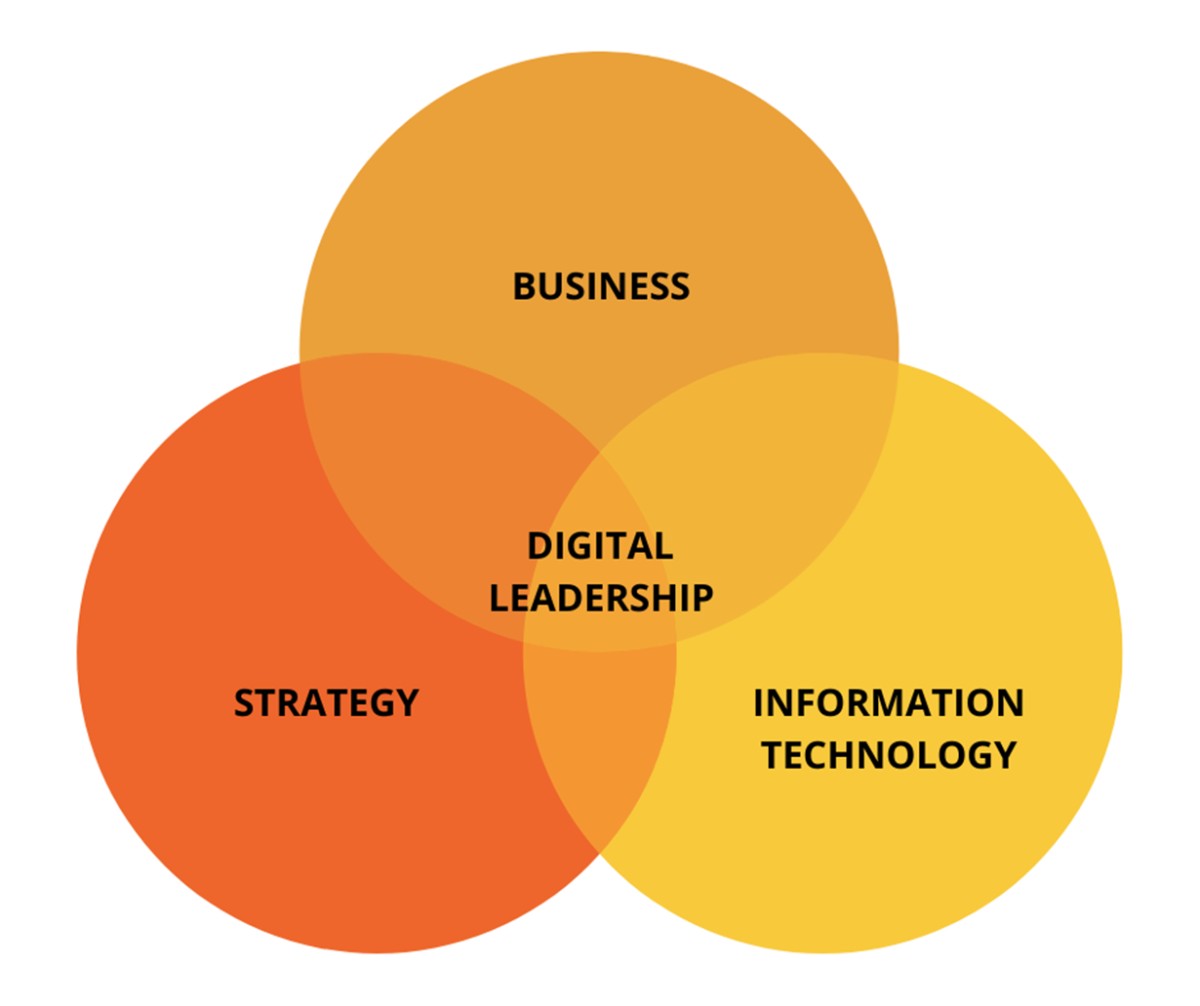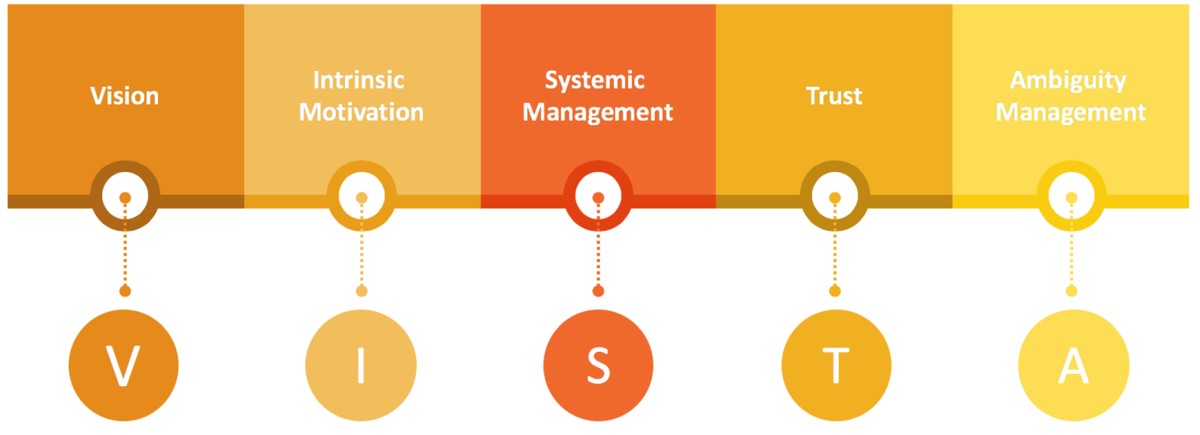Services
Successful leadership and management development
Leadership will not be dispensable in times of digitalization. On the contrary: professional leadership is increasingly considered to be critical to success. In times of digitalization, the extra-functional competencies such as self-perception and self-control of a manager are becoming increasingly important. With the leap from the industrial to the age of information, the ability of potential-oriented leadership has become a core competence. Against this backdrop, the model of the coaching manager has received growing attention. The approach of the coaching leader is becoming more and more accepted, even if it is challenging - challenging because the manager is in the area of tension between his own inner ambivalences and very different interest groups.
At the same time, finding leaders in the "war for talents" is increasingly difficult for companies. It is therefore important to train existing personnel in a potential-oriented manner and to develop leadership competencies within the company. The core tasks of a manager are no longer only the coordination and control of projects, but also the recognition and promotion of respective strengths. Combined with the increasing complexity of the working world due to growing data diversity and networking of individuals and organizations, managers often feel paralyzed.
Purpose-Driven Leadership
To support the new generation of knowledge workers, it is important that executives manage less and lead more. Managing in this case means delegating and distributing tasks, agreeing on objectives and evaluating employee results and success in a data-driven way. These are important tasks that ensure the business success of a company and thus its continued existence.
However, this type of leadership neither promotes creativity nor motivates employees. Purpose-Driven Leadership (PDL) is regarded as central to this. Purpose-Driven Leadership describes a management style that aligns business decisions with basic values and core principles.
The principle of PDL is closely related to Shared Leadership. Instead of promoting a personality cult around the CEO or managing director, Shared Leadership aims to bring responsibility and vision to all levels of an organization (Purpose-Driven Leadership: Definition, Example & Benefits, Cardona, Rey, and Craig 2017). As a result, employees see themselves as intrapreneurs - that is, as entrepreneurially minded individuals who take independent responsibility for their projects.

Source: Hinkelmann following Walker (2016)
Management development challenges
But employees are also faced with far-reaching changes in their working conditions. In the VUCA world (V for volatility, U for uncertainty, C for complexity and A for ambiguity) they seek orientation and assurance from their managers. They also expect greater participation and active involvement in transformations. Managers are often expected to maintain a balance between their leadership tasks and their position as experts.
Success factors of digital leadership
Against the aforementioned backdrop, based on more than 25,000 hours in coaching and consulting in organizations and companies of all sizes, I have summarized five success factors of digital leadership in the VISTA model below.

The acronym VISTA is explained below. Grammatically, it is a form of the Latin verb 'see' and in this form means look/perspective. The acronym stands for:
V: Vision
The vision of a company must be inspiring and attractive. It offers an essential basis for entrepreneurial creativity.
I: Intrinsic motivation
Especially knowledge workers can no longer be managed according to the management style of 'command' and 'control'. For managers, it is important to awaken the intrinsic motivation of their employees and set meaningful goals for them.
S: Systematic Management
In the absence of strong linear hierarchies, systemic management methods should be used to form agile networks and to respond to increased speed and complexity.
T: Trust
A solid culture of trust is becoming increasingly important in the context of rapid change. The company Google, for example, conducted a survey to find out what the success factors of their high potential teams are. The result showed among other things: An atmosphere of anxiety-free work environment and a culture of trust create top performance.
A: Ambiguity Management
Ambiguity management helps managers to take up the ambivalences, contradictions and paradoxes that arise in transformation processes, to work on them with employees and, at best, to resolve them.
Ambidextrous leadership
Managing the core business parallel to initiating innovation is called ambidextrous leadership. In order to be able to react to disruptive change and drive innovation in new products and services, ambidextrous leadership is considered critical to success. However, this type of leadership poses a major challenge for many managers because it requires a balance between the two areas of responsibility. This ambiguity can trigger feelings of inner conflict and excessive demands. Professional leadership development and coaching help to strengthen the leadership level and entire organizations.
Coaching managers
More and more managers are taking advantage of coaching and consulting to strengthen their self-management skills. In addition, the idea of a coaching executive is becoming more and more popular. In fact, this leadership approach initially raises conflicts. The task of a coach is to provide neutral support to the coachee while protecting his or her interests. However, a manager inevitably encounters conflicts of interest between employees and the goals of the company. It is also necessary that coach and coachee meet on an equal footing. This may seem difficult to implement, especially in companies with a strong hierarchical structure. However, if the balancing act succeeds, employees will be able to develop their full potential.

